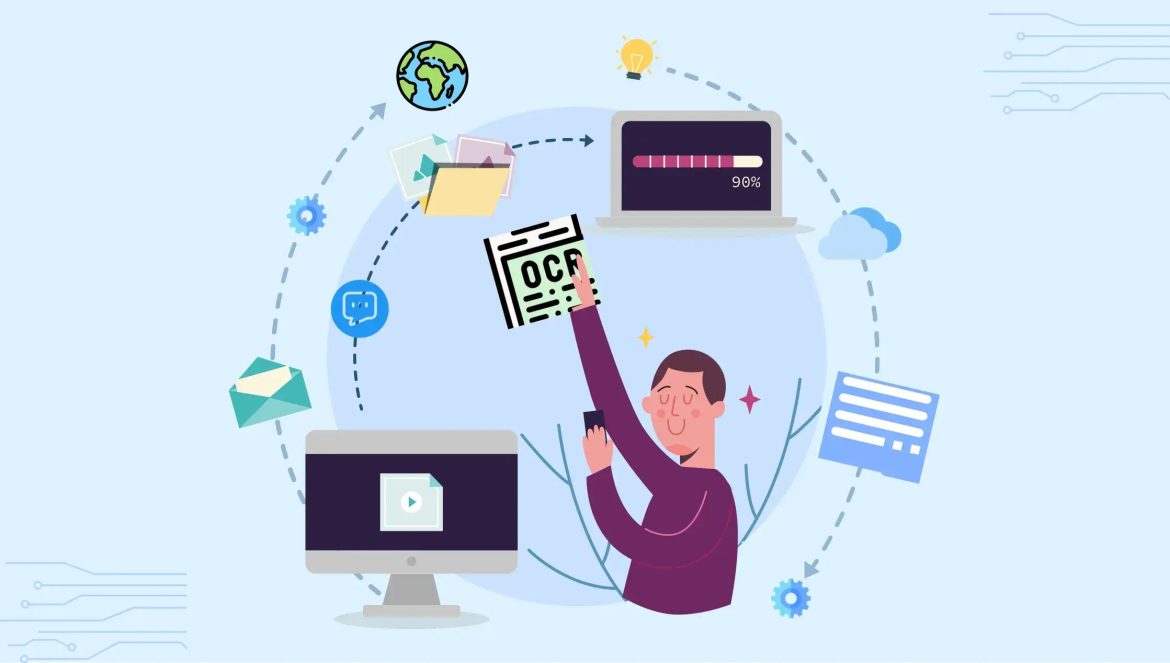In today’s fast-paced world, the need to manage and process documents efficiently is paramount for individuals and businesses alike. However, the traditional methods of handling paperwork, such as manual data entry and filing cabinets, are time-consuming, error-prone, and inefficient. Fortunately, advancements in Optical Character Recognition (OCR) technology have revolutionized the way documents are scanned, digitized, and processed, making paperwork management easier and more streamlined than ever before.
Understanding OCR Technology
At its core, OCR technology is designed to convert scanned images of text into machine-readable and editable text characters. This process involves analyzing the pixels in an image, identifying patterns resembling characters, and translating them into digital text. Unlike traditional scanning methods, which produce static image files, OCR enables users to extract and manipulate the textual content within scanned documents.
Modern OCR systems leverage advanced algorithms and machine learning techniques to recognize and interpret text accurately, even in complex or degraded images. By continuously learning from vast datasets, OCR algorithms improve their accuracy and adaptability over time, ensuring reliable performance across a wide range of document types and languages.
Streamlining Document Scanning and Digitization
One of the primary benefits of OCR technology is its ability to streamline the document scanning and digitization process. Instead of manually typing or transcribing text from scanned documents, users can simply scan the documents using a scanner or smartphone camera and let the OCR software extract the text automatically. This not only saves time and effort but also reduces the risk of errors associated with manual data entry.
Moreover, OCR technology allows users to convert scanned documents into searchable and editable digital formats, such as PDF or Word documents. This enables users to perform keyword searches, copy and paste text, and make edits to the content, significantly enhancing the usability and accessibility of digitized documents.
Enhancing Data Accuracy and Compliance
In addition to streamlining document scanning, OCR technology plays a crucial role in improving data accuracy and compliance. By automating the extraction of text from documents, OCR reduces the likelihood of errors and inconsistencies that can occur during manual data entry. This is particularly important for industries such as healthcare, finance, and legal services, where data accuracy and compliance with regulatory requirements are paramount.
Furthermore, OCR enables organizations to digitize and archive large volumes of paper-based documents, ensuring compliance with data retention policies and regulations. By creating searchable and indexed digital archives, organizations can quickly retrieve and access relevant documents for audits, legal proceedings, or internal purposes, reducing the risk of fines, penalties, or litigation.
Empowering Digital Transformation
OCR technology is a key enabler of digital transformation initiatives, allowing organizations to modernize their document management processes and embrace digital workflows. By digitizing paper-based documents and integrating OCR into document management systems, organizations can streamline business processes, improve collaboration, and enhance productivity.
Moreover, OCR enables organizations to extract valuable insights from unstructured data contained within documents, such as invoices, contracts, and reports. By analyzing text data using OCR-powered analytics tools, organizations can gain deeper visibility into their operations, identify trends and patterns, and make data-driven decisions that drive business growth and innovation.
Conclusion: Embracing the Power of OCR for Document Management
In conclusion, OCR technology is revolutionizing the way documents are scanned, digitized, and processed, making paperwork management easier, more efficient, and more compliant. By automating the extraction of text from scanned images, OCR streamlines document scanning and digitization, enhances data accuracy and compliance, and empowers organizations to embrace digital transformation initiatives. As OCR technology continues to evolve, we can expect further advancements that will further simplify document management processes and unlock new opportunities for organizations to leverage the power of digital data.



